Mount Aratta is closely linked to the legendary city of Aratta in Sumerian mythology, representing a remote and wealthy land.

Mount Zagros
A place where the orderly civilization of the plains meets the untamed wilderness of the mountains.

Mount Sabu
Mount Sabu is most closely associated with the god Ninurta, who is a warrior deity known for his role in battles against chaos and disorder.

Mount Mashu
Inside Mount Mashu, Gilgamesh traverses a long, dark tunnel, representing a passage through the unknown or the underworld.

Mount Ekur
Ekur was considered the divine dwelling place of Enlil, one of the chief deities in the Sumerian pantheon. Enlil was the god of air, wind, and storms.

Mount Tmolus
Mount Tmolus was historically significant due to its proximity to Sardis, the capital of the ancient kingdom of Lydia.

Mount Othrys
Cronus, the leader of the Titans and father of Zeus, Hades, and Poseidon, ruled from Mount Othrys before being overthrown by his sons.

Mount Taygetus
The Spartans would abandon weak or deformed infants on the slopes of Mount Taygetus, a practice known as “exposure.”

Mount Lycaeus
The sanctuary on Mount Lycaeus is one of the oldest in Greece with rituals that may have included animal and possibly even human sacrifices.

Mount Arachnaeus
Mount Arachnaeus was home to an ancient sanctuary dedicated to Zeus, people would offer sacrifices, particularly during times of drought.

Mount Athos
The Virgin Mary visited Mount Athos during her lifetime and blessed the land, making it her “garden” and vowing to protect it.

Autolycus, son of Hermes
Autolycus was born with the ability to shapeshift and make himself or his possessions invisible, gifts bestowed upon him by Hermes

Mount Cyllene
Hermes was born in a cave on Mount Cyllene to Maia, one of the Pleiades, and Zeus.
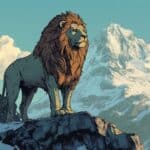
Mount Cithaeron
Mount Cithaeron was a key site for Dionysian rites, where women known as Maenads held frenzied rituals in worship of Dionysus.

Mount Etna
Mount Etna is also associated with the myth of Typhon, a monstrous giant who challenged the Olympian gods.
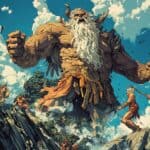
Mount Ossa
Mount Ossa is known for its role in the Gigantomachy, the battle between the Olympian gods and the Giants.
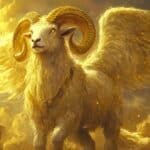
The Argonauts and Mount Pelion
Jason, the hero who led the Argonauts in their quest for the Golden Fleece, was raised on Mount Pelion by Chiron.

Mount Pelion
Mount Pelion is famed for the Argonauts’ legend, where Jason, raised by Chiron, set sail from Iolcus on his quest for the Golden Fleece.

Mount Erymanthos
Centaurs were known for their wild and unruly behavior. The famous centaur Pholus lived in a cave on Mount Erymanthos.

Poseidon and Erymanthos
Poseidon struck the ground with his trident, causing the river Erymanthos to overflow and violently flood the land, destroying homes, crops, and villages.
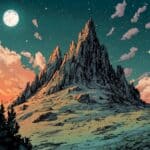
Mount Helicon
Poseidon, the god of the sea, intervened by striking the mountain with his trident, causing it to stop its ascent and remain at its current height.
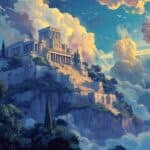
Mount Parnassus
A myth linked to Mount Parnassus is the story of Deucalion and Pyrrha, who, after surviving Zeus’s great flood, landed on the mountain when the waters receded.
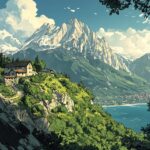
Mount Ida (Troad)
The sacred cows of Mount Ida, watched over by the gods, were considered a divine gift and a sign of their favor.
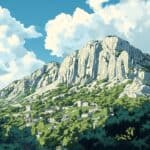
Mount Ida
Talos circled the island, hurling stones at ships. Linked to Mount Ida, he was created by Hephaestus or Zeus, embodying the mountain’s protective power.
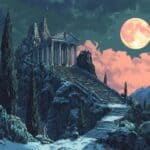
Mount Olympus
After their victory, the Olympians established their rule from Mount Olympus

Mount Pangaion
Herodotus noted Mount Pangaion’s rich gold and silver mines, which drew the interest of Thracian tribes, Persians, and Macedonians.
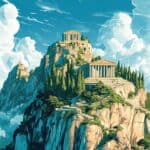
Mountains
This table includes the height of each mountain, its locations, and detailed descriptions of its significance in Greek mythology.
Ley lines are alignments that connect various geographic locations, often including ancient monuments, religious sites, and other significant landmarks.

The Great Pulse from the Center of the Galaxy
The “Great Pulse” from the center of the galaxy, a supermassive black hole located at the center of the Milky Way, Sagittarius A*, emit large amounts of electromagnetic radiation.


